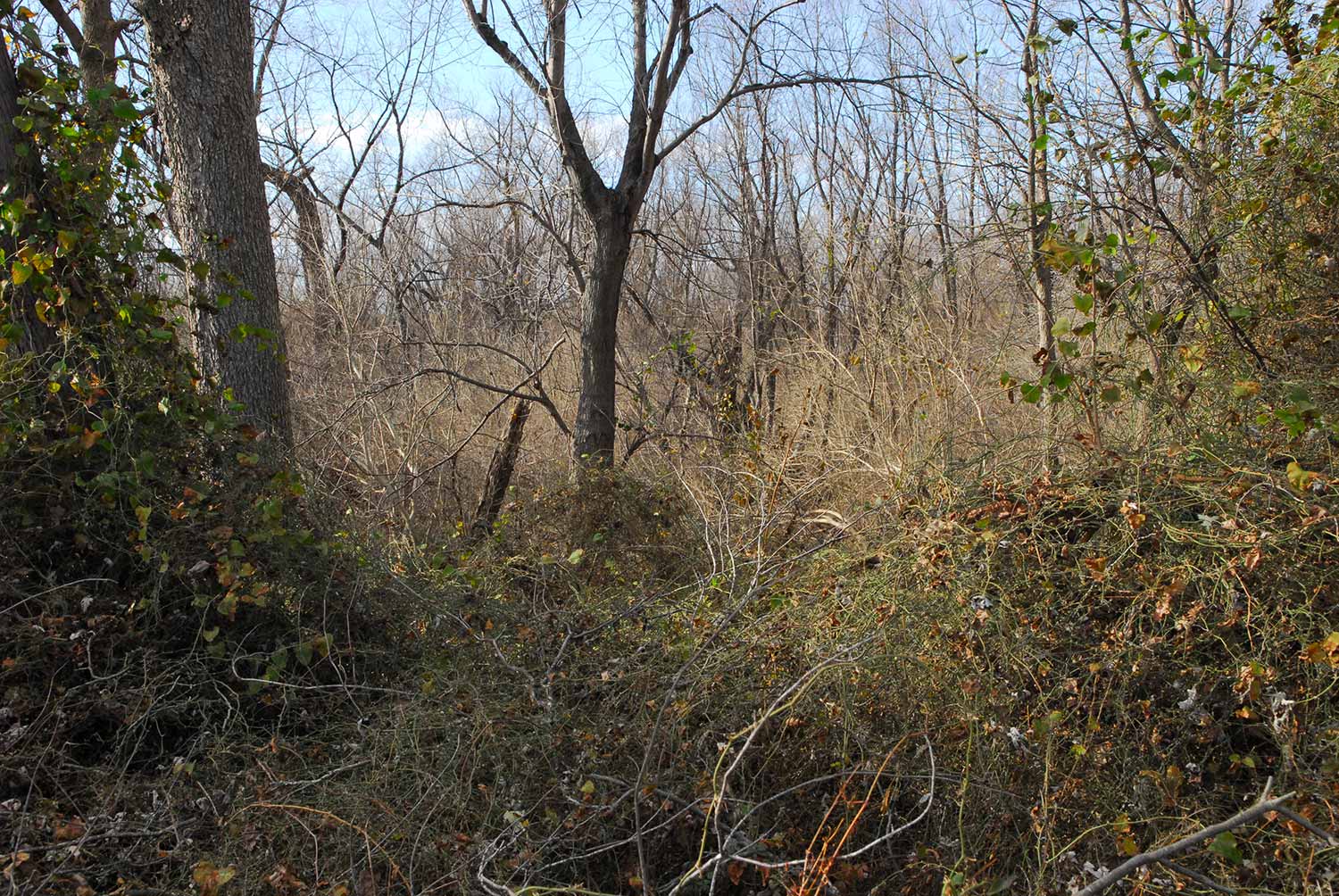

In June 1723, Philip Francois Renault, then an agent of the Royal India Company, received a large grant of land extending from the Mississippi River, across the floodplain, and up the bluffs to the upland. This was one of four large tracts granted to Renault, two others being large grants in Missouri for the mining of lead and the fourth a grant along the Illinois River. These four grants were meant to operate as a kind of dispersed territorial coupling, with the bottomland grant intended to furnish supplies for the miners at the other three sites. Described in the conveyance to Renault as “one league fronting on the Mississippi, at the place called the Great Marsh, adjoining on one side to the Illinois Indians, settled near Fort de Chartres, with a depth of two leagues, this place being the situation which has been granted to him for the raising of provisions, and to enable him to furnish them to all the settlements he shall make upon the mines,” this grant formed part of the diffuse colonial technology of New France. // Renault started as an agent of The Company of the West, an entity organized in France in 1717 having exclusive privileges to exploit the mineral resources of the Mississippi River valley. A branch named the Company of St. Philip’s was incorporated to exploit the mines of Upper Louisiana and Illinois, with Renault as the principal agent to carry out the plans of the Company. Sailing from France in 1719 with over 200 laborers, he stopped in Santo Domingo where he purchased 500 slaves to work the Company mines. These were to be the first slaves in Illinois. French slave ownership, and the subsequent presence and persistence of slavery in Illinois, a nominally ‘free’ state, complicate any easy social and political assessment of this region. // Renault quickly settled a small group of his merchants, laborers, and slaves in the new town, and set off to survey the long parallel strips of the common fields—a settlement pattern that continue to mark property boundaries to this day. Philip Pitman, Captain of the British Army, describes the village in 1766 as “a small village about five miles from Fort Chartres, on the road to Kaoquias. There are about sixteen houses and a small church standing. All of the inhabitants, except the captain of the militia, deserted it in 1765, and went to the French side (Missouri). The captain of the militia has about twenty slaves, a good stock of cattle, and a water mill for corn and planks. The village stands on a very fine meadow, about one mile from the Mississippi.” After 1766 the village rapidly declined, though it remains on the 1778 Hutchins Map as well as the 1796 Collot map of the American Bottom as a small village on the road connecting Kaskaskia and Cahokia—the Chemin du Roi. Like so many towns situated near the banks of the Mississippi, St. Philips has been entirely erased by the meanders and freshets that frequented this area prior to the construction of levees.